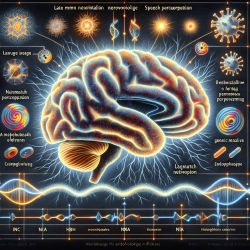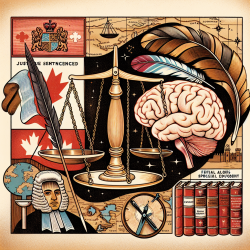Introduction
The advent of mobile health (mHealth) technologies has revolutionized the landscape of healthcare, particularly in the management of arrhythmias. The 2021 ISHNE/HRS/EHRA/APHRS collaborative statement on mHealth in Arrhythmia Management provides a comprehensive overview of how digital medical tools are being integrated into clinical practice to enhance the management of heart rhythm disorders. This blog will delve into the key findings of the statement and discuss how practitioners can leverage these insights to improve patient outcomes.
Understanding mHealth in Arrhythmia Management
mHealth technologies encompass a wide range of digital tools designed to facilitate healthcare delivery through mobile devices. In the context of arrhythmia management, these tools offer several benefits:
- Real-time Monitoring: Devices such as smartwatches and mobile apps enable continuous monitoring of heart rhythms, allowing for the early detection of arrhythmias.
- Patient Engagement: mHealth tools empower patients to actively participate in their healthcare, promoting self-management and adherence to treatment plans.
- Data-Driven Decisions: The integration of predictive analytics in mHealth tools provides clinicians with valuable insights, aiding in personalized treatment strategies.
Implementing mHealth: Practical Considerations
For practitioners looking to integrate mHealth into their practice, the following considerations are crucial:
- Device Selection: Choose devices that are validated for accuracy and reliability in detecting arrhythmias.
- Data Security: Ensure that all patient data is securely stored and transmitted in compliance with healthcare regulations.
- Patient Education: Educate patients on the use of mHealth tools to maximize their effectiveness and ensure proper usage.
Challenges and Future Directions
While mHealth offers significant advantages, several challenges must be addressed:
- Integration into Clinical Workflow: Seamlessly incorporating mHealth tools into existing clinical workflows can be complex and requires careful planning.
- Interoperability: Ensuring that mHealth devices are compatible with other healthcare systems is essential for comprehensive patient care.
- Cost and Accessibility: The cost of mHealth devices and access to technology can be barriers for some patients, necessitating strategies to overcome these hurdles.
Conclusion
The integration of mHealth technologies in arrhythmia management represents a paradigm shift in how healthcare is delivered. By leveraging digital tools, practitioners can enhance patient outcomes, improve efficiency, and pave the way for innovative healthcare solutions. As the field continues to evolve, ongoing research and collaboration will be key to overcoming challenges and maximizing the potential of mHealth.
To read the original research paper, please follow this link: 2021 ISHNE/ HRS/ EHRA/ APHRS collaborative statement on mHealth in Arrhythmia Management: Digital Medical Tools for Heart Rhythm Professionals.










